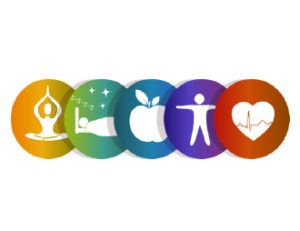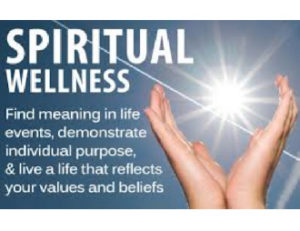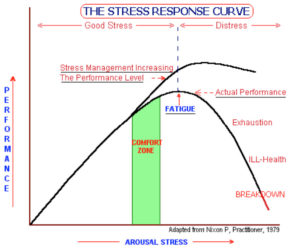
THE R4B METHOD – INTENTIONAL PROGRAMMING
FOR WELLNESS & WELLBEING
Incorporating the Intentional Programming process is fundamental for creating a better future via the Ready for Better Method. The destination is not an endpoint, it is a life long journey.
PROBLEM DESCRIPTION
Insufficient exercise
DIRECTION FOR A BETTER FUTURE
Exercise and stretch
SAMPLE AFFIRMATIONS
- I am exercising and stretching daily
- I am walking briskly for 30 minutes daily
- I am jogging for 30 minutes daily
PROBLEM DESCRIPTION
Too much stress
DIRECTION FOR A BETTER FUTURE
Rest, relax, boost nutrition
SAMPLE AFFIRMATIONS
- I am meditating for 30 minutes daily
- I am getting more sleep and rest daily
- I am getting clear on my/our life purpose
- I am aligning my behavior with my purpose
 Our wellness and wellbeing are impacted by how we feed and nurture our body, mind and spirit. Consider four arenas for optimizing wellness and wellbeing: food and water ; physical exercise and stretching; stress management; and intentional programming.
Our wellness and wellbeing are impacted by how we feed and nurture our body, mind and spirit. Consider four arenas for optimizing wellness and wellbeing: food and water ; physical exercise and stretching; stress management; and intentional programming.
The cultivation of wellness begins with our choices in what we eat and drink. Cleaning that up is basic and fundamental. link back to Food & Water page. Proper nutrition and hydration prepares us for the second arena for wellness development, which is increasing our daily movement through simple stretching and aerobic exercise. Our bodies are made to move. People who are physically active are often more healthy than those who are sedentary and who get little to no exercise.
Our physical bodies have a natural capacity for healing. This natural healing process is enhanced when we optimize our nutrition along with making sure we get sufficient sunlight on our skin or enough Vitamin D3 to compensate for inadequate exposure to the sun. Our bodies are made for movement, so we need to ensure we engage in enough physical activity, the more often the better. Clean fresh food and water put us on a path to wellness when combined with stretching and regular physical activity.
Stress makes it more difficult to get on that path and stay on it. There are multiple approaches to dealing with stress. Adequate nutrition and a non toxic environment make it easier to cope. There are specific strategies for coping with stress before we reach the fatigue stage. These strategies can be used daily, in combination with physical exercise that helps burn up or metabolize the metabolic byproducts of temporary or prolonged stress.
 This covers body and mind, but what about spirit? The third leg of wellness is captured clearly in this image for spiritual wellness. We find meaning in life events by recognizing serendipity and synchronicities related to our use of the R4B Method. When we aerobically input our intention over a longer period of time, this can evolve into a strong sense of purpose that guides our choices and even our daily activity. This repetitive aerobic programming helps us evolve toward living a life that reflects our values and beliefs. This brings increased energy and vitality if we get adequate rest and nutrition, and effectively manage our stress. Intentional programming helps us stay on the path to a Better Future.
This covers body and mind, but what about spirit? The third leg of wellness is captured clearly in this image for spiritual wellness. We find meaning in life events by recognizing serendipity and synchronicities related to our use of the R4B Method. When we aerobically input our intention over a longer period of time, this can evolve into a strong sense of purpose that guides our choices and even our daily activity. This repetitive aerobic programming helps us evolve toward living a life that reflects our values and beliefs. This brings increased energy and vitality if we get adequate rest and nutrition, and effectively manage our stress. Intentional programming helps us stay on the path to a Better Future.
 It is important to differentiate between short term stress and the harmful effects of the long term stress response cycle. We can use deep breathing, muscle relaxation and yoga to cope with short term stress. It is important to recognize what stage we are in for adapting to long term stress. This will vary across individuals according to their nutritional uptake and physical conditioning regimen. Better nutrition and physical conditioning yields better tolerance to stress.
It is important to differentiate between short term stress and the harmful effects of the long term stress response cycle. We can use deep breathing, muscle relaxation and yoga to cope with short term stress. It is important to recognize what stage we are in for adapting to long term stress. This will vary across individuals according to their nutritional uptake and physical conditioning regimen. Better nutrition and physical conditioning yields better tolerance to stress.
If stress is sustained over a long period of time, there is a risk of exhaustion, increased inflammation, adrenal “fatigue”, and impaired immune response. At the point of fatigue [see diagram], the optimum response is to avoid exercise, get extra rest and additional nutrition, possibly by using nutritional supplements, especially vitamins B and C. If the stress is continued without adequate rest and nutrition, we reach the exhaustion phase, and after that, illness. Prescription drugs, surgery and radiation are used treat the symptoms of the illness in allopathic medicine, but that may not address the cause of illness, if it was chronic stress. Prior to fatigue setting in as a result of chronic stress, it can be useful to engage in clearing the body of negative energy, as described in Step 1 of Aerobic Visualization: Cleansing Your Body of Negative Energy.
